Today, I taught 3-6 year olds about friction! I love taking fundamental science topics and teaching them to young kids in a way that they can understand and learn from. There are lots of experiments for kids that you can try and this one worked so well that I wanted to share it with you.
To me, kindergarten is all about kids being introduced to as many things and ideas as possible.
I find that science experiments for kids, especially when they are hands-on, help them gain an understanding of the world around them.
This experiment required a little bit of prep, but it was easy and fairly quick.
If you have children who are interested or asking questions related to friction, this experiment for kids is a great place to start for kids at any age.
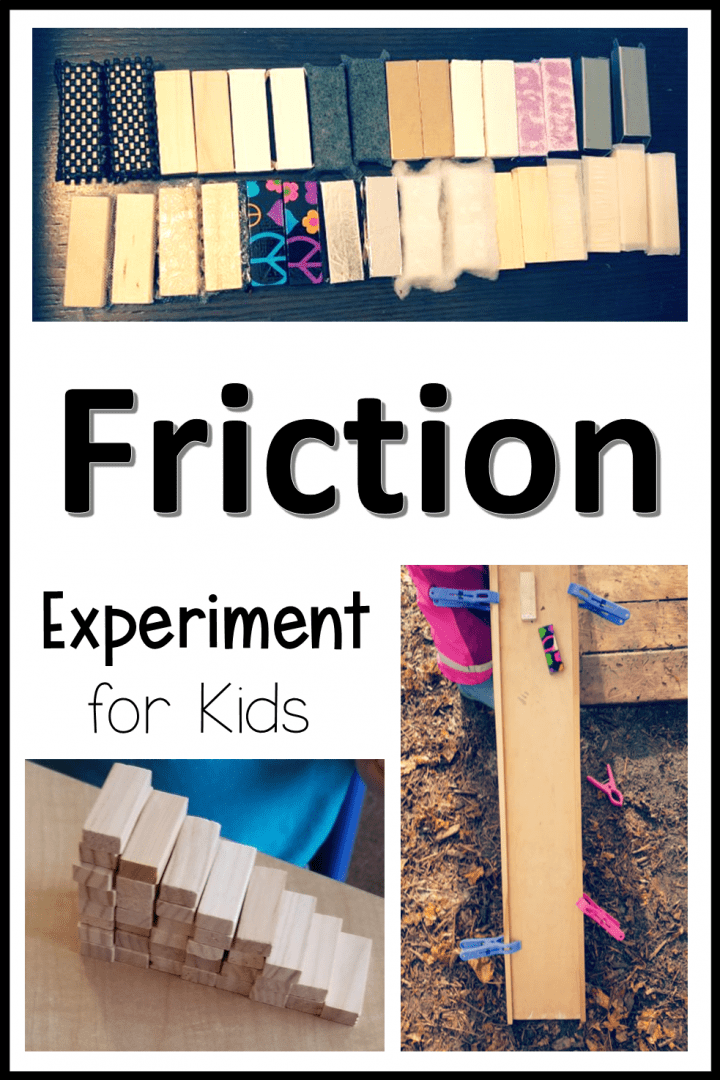
Materials
Our activity today involved a bunch of old wooden blocks covered with different materials and a ramp! To cover each of the blocks with a different material, you will need:
- Small Wooden Blocks
- Glue
- Foam (I used part of an old drawer insert/ bath mat)
- Electrical Tape
- Felt
- Packing Tape
- Silk
- Duck Tape
- Plastic Wrap
- Bubble Wrap
- Thin Tape
- Aluminum Foil
- Cotton Batting
- Wax Paper
- Construction Paper
- Cardboard
- Parchment Paper
- Mesh Material
- Long Piece of Wood to Create a Ramp
- Large Plastic Towel Clips and Thin Piece of Wood (Optional – These are to create sides on the ramp).
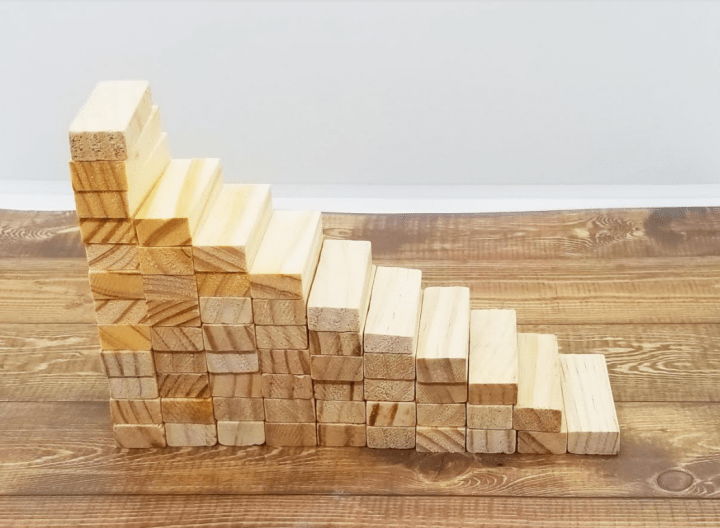
Prepare each block by gluing or sticking a different material to it. You don’t need to use the same materials as I did. I simply walked around my house and used materials that I had on hand.
The important thing about the materials that you choose is selecting a variety of materials. Make sure that some are slippery and others are not.
Since I was working with a large group of children, I made duplicates of each block. So I had two blocks covered with a piece of silk and two covered with felt etc.
Once the materials have all dried onto the blocks, you are ready to do your experiment.
The Experiment
I started by showing the children the blocks. Next, I passed them around and had children feel the different materials. I asked them what they noticed and asked them to describe what they felt.
Children noticed right away that each of the blocks felt different. They noticed that some were “soft” and others were “flat”. It is important to give children time to take note that the blocks are different. But will it make a difference?
Next, I gave small groups of children a long piece of wood to create a ramp. They attached 2 sticks to the sides with large towel pins. These acted as bumpers so that the blocks wouldn’t fall off.
You don’t need to create bumpers at the sides, but it does help to keep the blocks on the ramp when sliding the blocks down the ramp. You could also use a plastic slide to do this experiment.
Next, children guessed which blocks would go down the ramp the fastest and why. Would something smooth cause a fast slide? What about the felt? Everyone made a prediction before we started.
Children started by choosing a few different blocks. They set one at the top of the ramp and then let go. Children quickly discovered that not all of the blocks slid down the ramp. Some didn’t move at all!
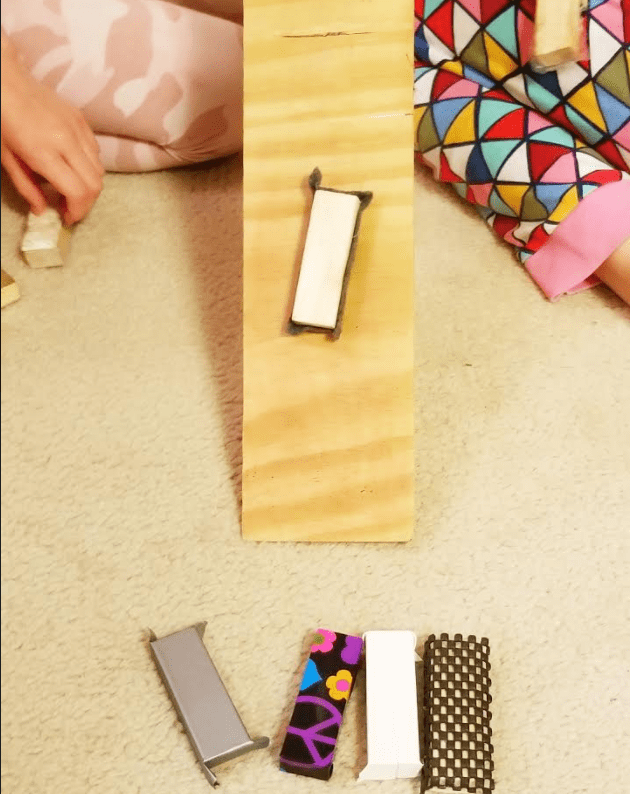
Children experimented over and over and let the blocks slide down their ramp and watched how the different coverings affected how the block slid. They noticed that the material the block was covered with was making a difference in how it slid.
Was the block fast or slow? Did it even make it to the bottom? What similarity did you notice about the materials going fast?
Children then started to notice which types of materials caused the blocks to slide the fastest. The smooth blocks slid fast and far!
They then started racing blocks by letting two go at once at the top.
I introduced the word friction to children when they told me that the tape covered block went faster than the felt. We talked about the fact that the tape created less friction so it moved faster.
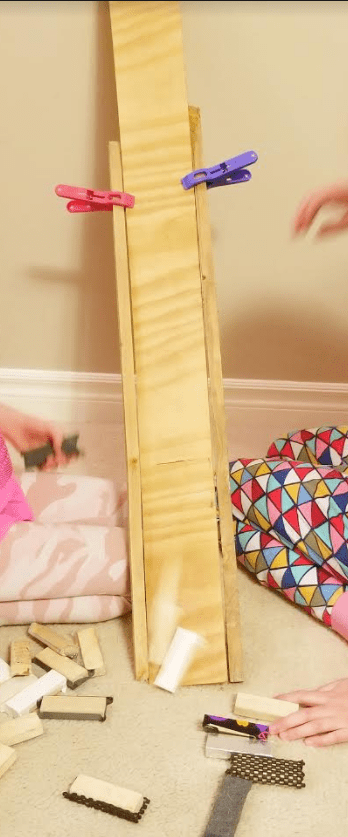
Once everyone was done, we discussed which blocks slid best and what these blocks all had in common. Children commented that the smooth blocks were all the fastest.
I explained that because it was smooth, there was less friction between it and the ramp. Therefore, it goes down without being slowed.
To continue this idea I asked children what would happen if their slide in the playground was made of carpet instead of plastic? They knew that this would not be a good material for a slide, because they would get stuck at the top.
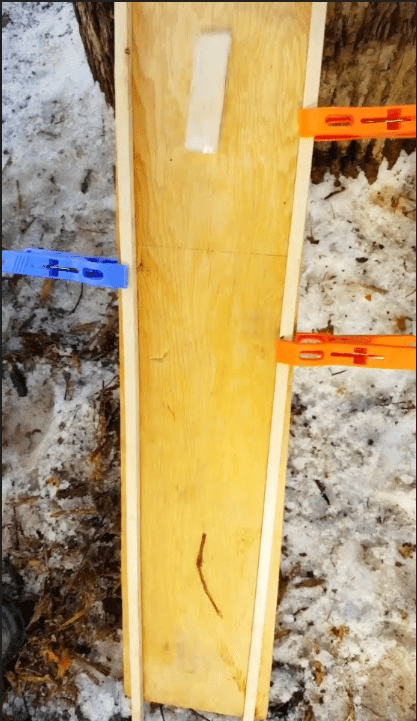
This allowed them to relate their experiment to their real world and understand that materials each have different qualities and characteristics.
It is not important for children at a young age to understand the technicalities of friction. What this experiment for kids does show is that materials are different and depending on the characteristics of the material they behave differently.
Children begin to notice the way different materials feel different. They begin to notice that their world is filled with different materials and each of these materials serve a purpose.
Sometimes you want to create friction, other times you want to avoid it. There is a material for each.
I am always amazed at how much learning happens with experiments for kids like this. Later in the day children were playing, but also experimenting again, by sliding different things down the playground slide.
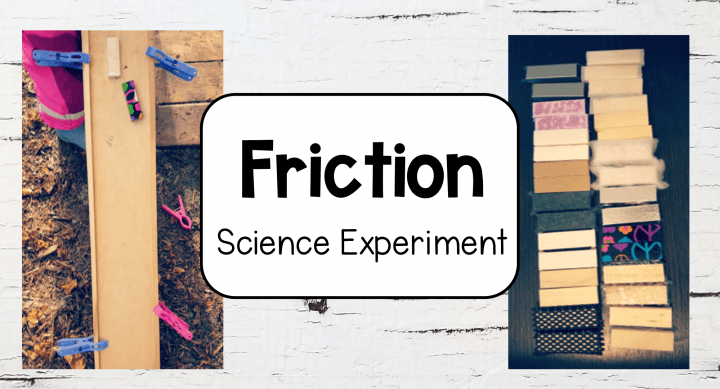
They noticed that a pebble slid faster then their mitten because there was less friction with the pebble. The experiment we did together helped them to understand their world and things they play with on a daily basis.
I love the fact that this experiment for kids is hands-on and play based. Children learn as they play and experiment.
For your convenience, this post contains affiliate links. As an Amazon Associate I earn from qualifying purchases and I may earn a small commission at no cost to you.
Join Hands-On Teaching Ideas
Join Hands-On Teaching Ideas to gain access to my Free Resource Library filled with lots of printable learning resources, from a choice board full of STEM activities and experiments for kids to escape room games, you can download anything that interests you for your classroom or home. Subscribe here.
More Hands-On Activities and Experiments for Kids
If your kids enjoyed the friction experiment for kids, they will love these other hands-on learning activities that you can do at home, or at school.

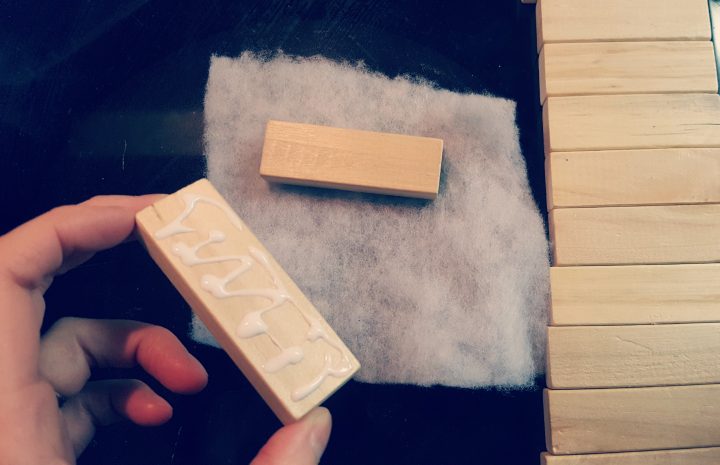
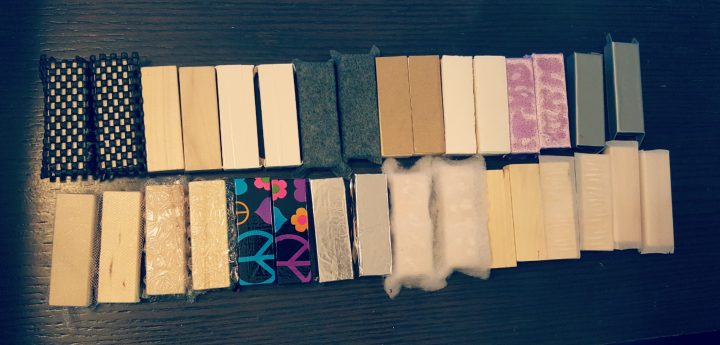


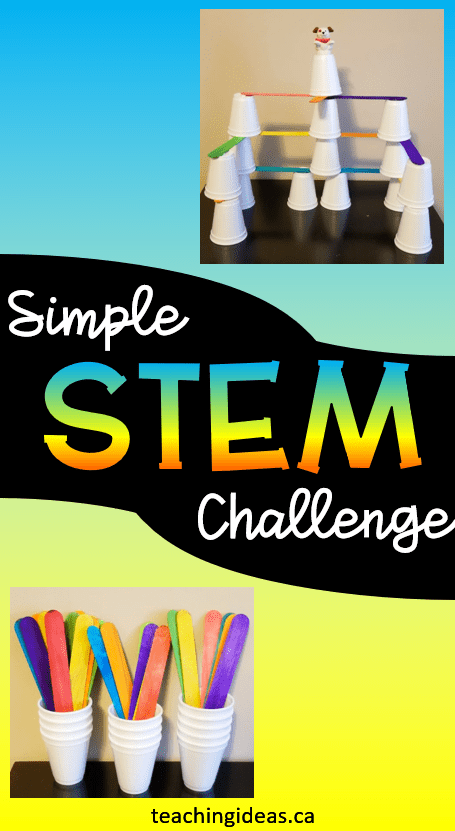



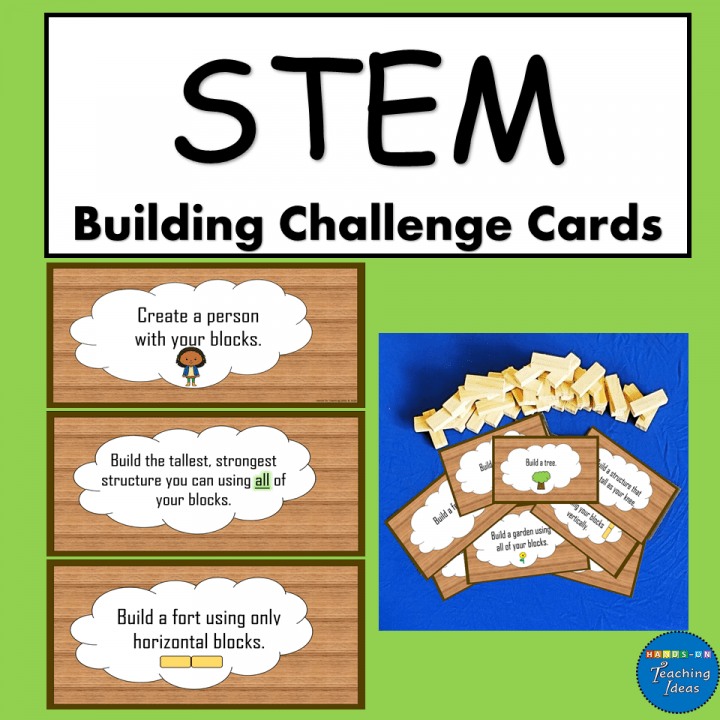
Leave a Reply